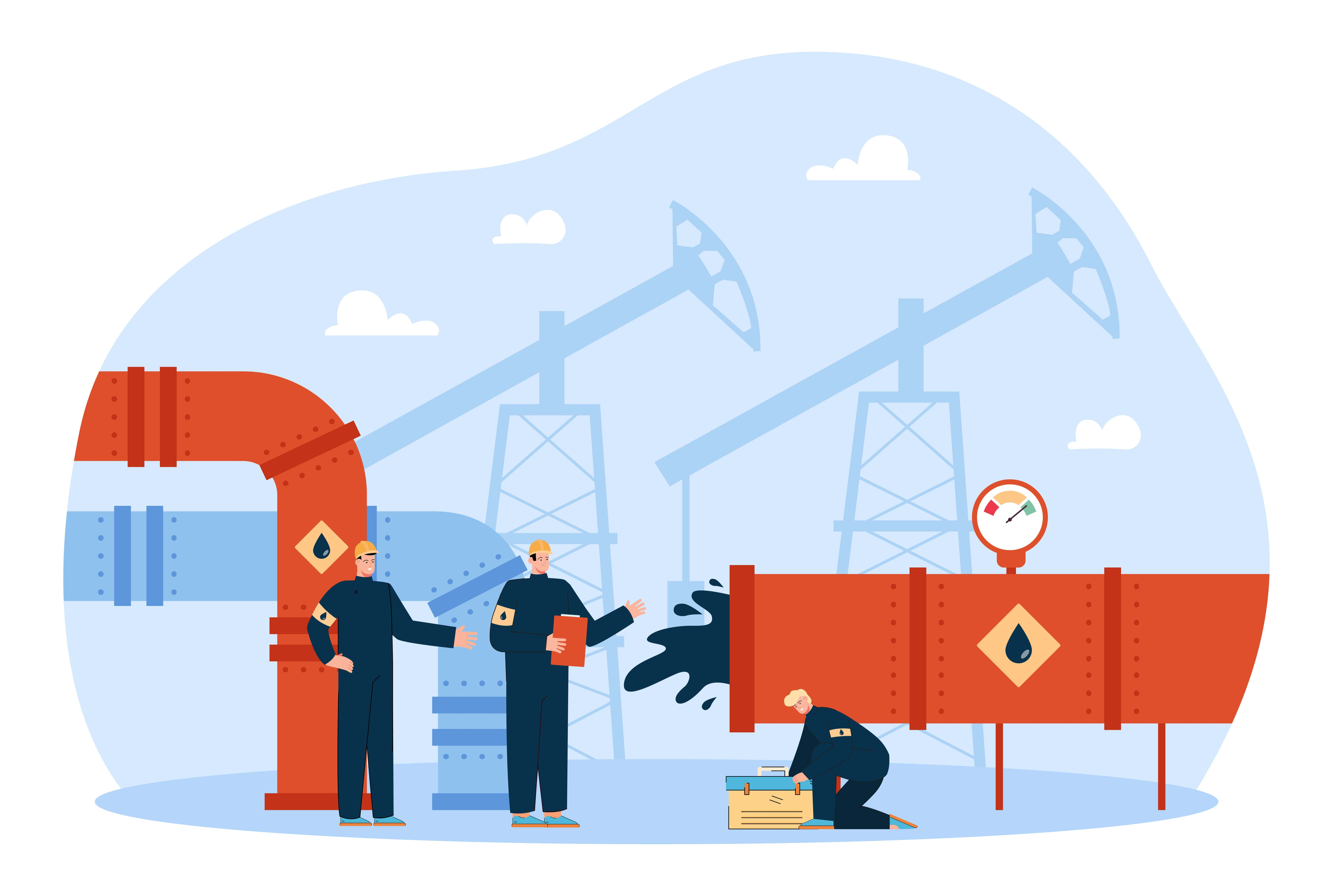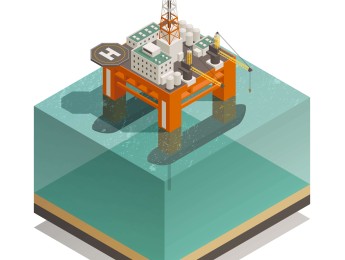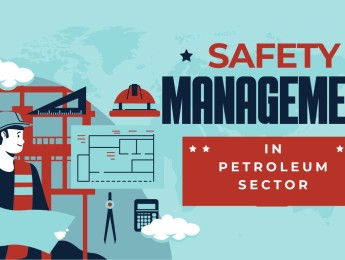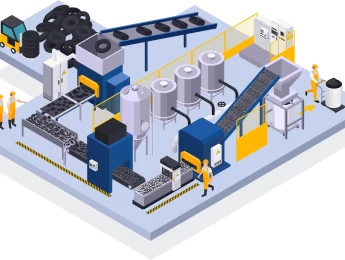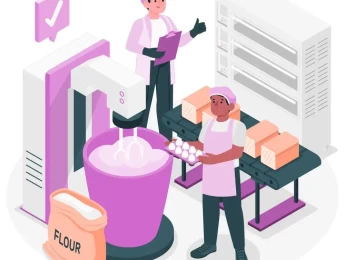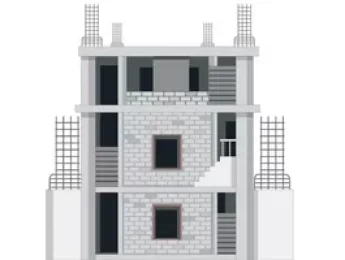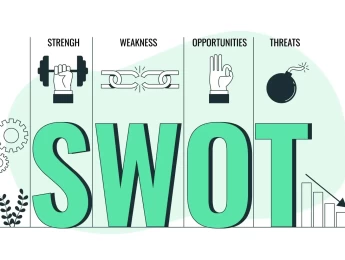In the oil and gas industry, keeping your systems, technology, and equipment up to date is essential to prevent loss of profits or potential environmental concerns.
Corrosion is a common issue in the petroleum industry, and it will eventually affect all organisations. Implementing a Cathodic Protection system, which uses electrical currents to control the speed of corrosion, can help retain the piping for longer with minimal environmental consequences. Slow corrosion can also mean increased profits and less product loss.
To develop these systems within any organisation, it’s essential to understand the causes of corrosion and the best materials to use to build a successful CPS.
This course delves deeper into the building requirements, safety regulations, and key components needed to create a successful Cathodic Protection system. It helps to develop innovative project plans for building and implementation. Participants will learn to assess the risk elements of new CP systems and use data and trend analyses to make informed decisions about future changes and contingency plans.
Upon completion of this course, participants will be able to:
- Understand the implementation methodology which best suits your organisation.
- Gain a better understanding of field equipment and technology.
- Report on the current corrosion rate and propose the next steps.
- Implement a project plan for your Cathodic Protection System.
- Conduct an in-depth system analysis and propose enhancements.
- Review various materials and methods to select the best for your plant.
- Consider the environmental and economic implications of CPS implementation.
This course is designed for anyone responsible for implementing Cathodic Protection into their oil and gas operation. It would be most beneficial for:
- Business Owners
- Operations Managers
- Engineers
- Construction Professionals
- IT Professionals
- Data Analyst
This course uses a variety of adult learning techniques to aid full understanding and comprehension. Participants will explore the design and creation of Cathodic Protection and review presentations and group discussions based on materials and implementation styles and the advantages and disadvantages of each.
They will then work together to understand the best method for their own organisation and develop a project plan for implementation that considers the health and safety and environmental implications. They will also discuss a cost-benefit analysis and develop a contingency plan for any proposed risk areas to the implementation project.
Section 1: Creating a Corrosion Protection System
- Cathodic Protection general applications.
- Using galvanic series.
- Considering your environment and economics.
- Using industry standard codes.
- CPS principles.
- The practical application of CP.
- Impressed-current CPS.
- The advantages and disadvantages of exploring CPS solutions.
- Current rectifiers and DC power sources.
- NACE standard CPS.
Section 2: Anodes & Rectifiers
- Anode selection and assessment criteria.
- Understanding your current output.
- Data recording and reporting elements.
- Driving your anode potential.
- Shapes, dimensions, and materials.
- Galvanic anode types and costs.
- What is your current requirement in your ICCP system?
- Andoe backfilling and ICCP materials.
- Vent piping and impressed current anode beds.
- Quality control matrices and assurance.
- DC power sources.
Section 3: Construction & Piping
- Essential components of your CPS.
- Isolating joints and junction boxes.
- Test stations and measuring points.
- Coupons and sleeve pipes.
- Thermite weld earthing systems.
- Utilising line current measurement for an accurate picture.
- Concrete pipe casings.
- CP vessels and tank internals.
- Tank storage spaces and chemical maintenance.
- Water circulation and heat exchange.
- Water box coatings and submarines.
Section 4: Applying Safety Regulations
- Total alkalinity measurements.
- Hydrogen evolution and chloride monitoring.
- Telecommunication services and installations.
- Railways installations and protection circuits.
- Jetties and ship installations.
- Electric shock dangers, action plans, and mitigation.
- Immersed structure maintenance.
- Fault conditions and ECPs.
- Stray current corrosion and monitoring.
- High Impedance voltmeter.
- Reference cells.
Section 5: System Design & Implementation
- Your key components and risk areas.
- Structuring your implementation framework.
- Monitoring change and creating contingency plans.
- Asset integrity and corrosion management.
- Employee briefing and training.
- Communication strategies for change.
- Accurate record-keeping to assess trends.
- Data management and recording to highlight trends.
- The future of your petroleum business.
Upon successful completion of this training course, delegates will be awarded a Holistique Training Certificate of Completion. For those who attend and complete the online training course, a Holistique Training e-Certificate will be provided.
Holistique Training Certificates are accredited by the British Assessment Council (BAC) and The CPD Certification Service (CPD), and are certified under ISO 9001, ISO 21001, and ISO 29993 standards.
CPD credits for this course are granted by our Certificates and will be reflected on the Holistique Training Certificate of Completion. In accordance with the standards of The CPD Certification Service, one CPD credit is awarded per hour of course attendance. A maximum of 50 CPD credits can be claimed for any single course we currently offer.
- Course Code IND01-120
- Course Format Classroom Online
- Duration 5 days


